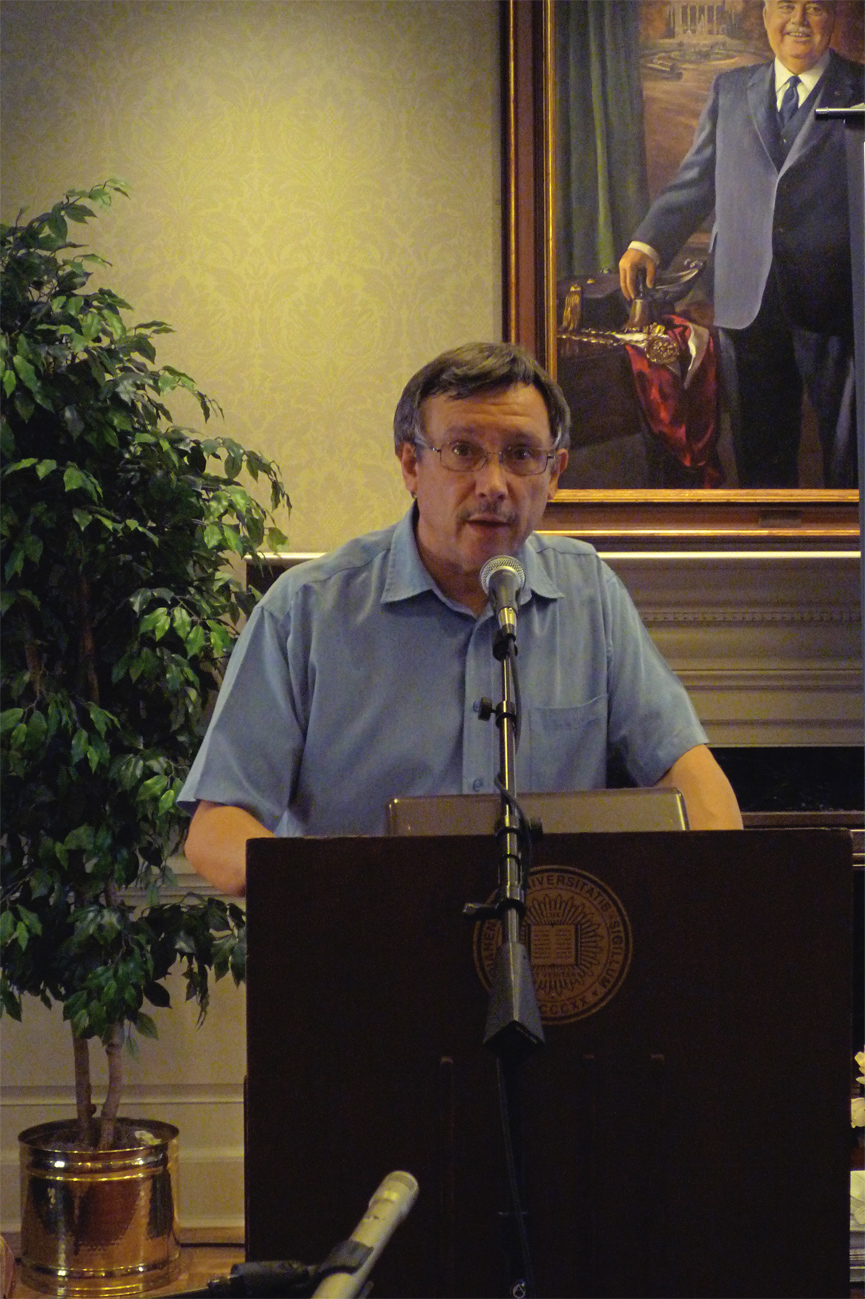
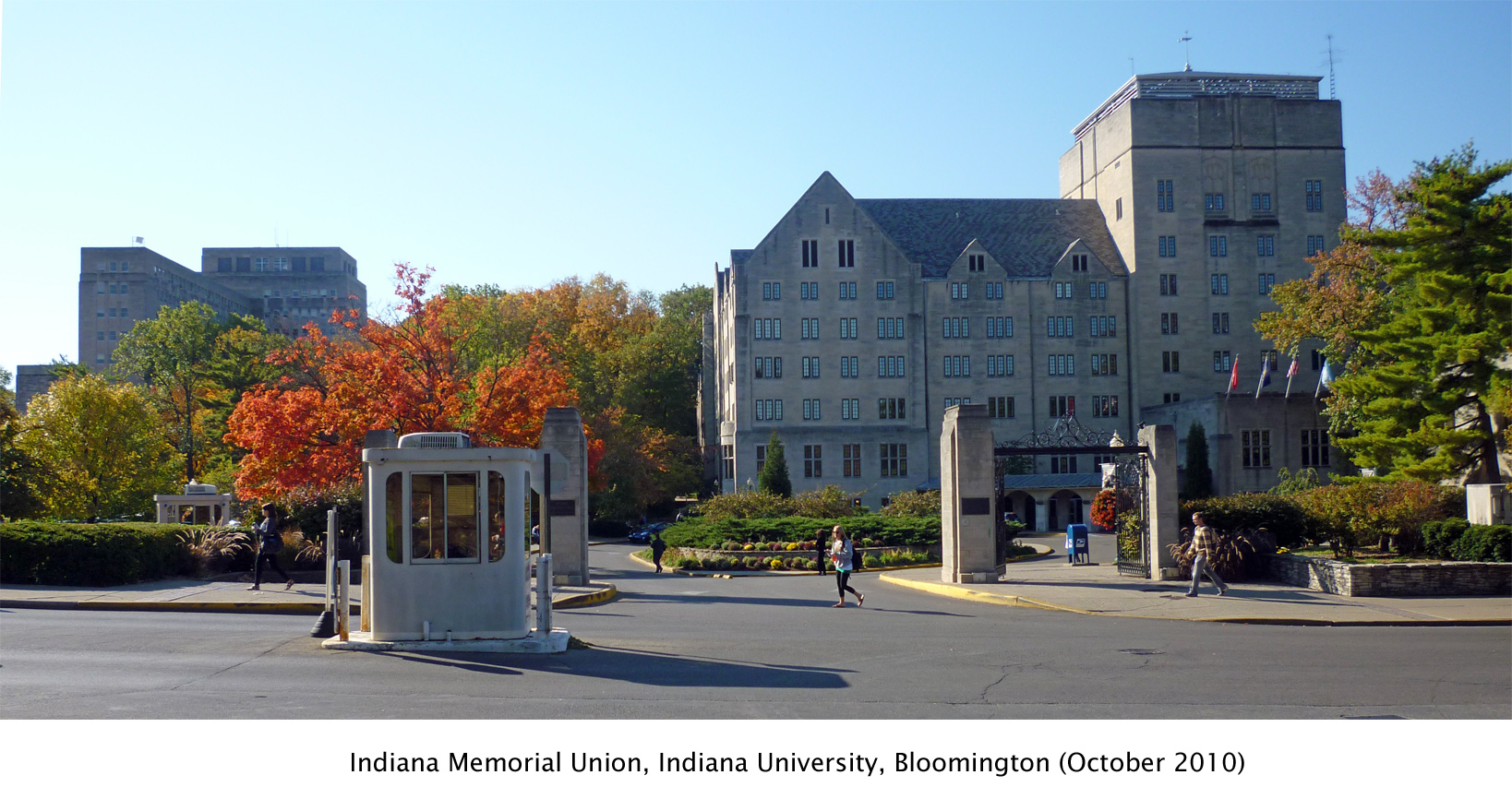 This reception from the readers was beyond our own capacity of production : we had to write texts, type and format the ones we received, print and manage many other tasks which require plenty of time. We looked for a printer, and in November, the third issue came out in 1000 copies.We now have 500 regular subscribers (most of them in France), and publish 1,800 copies of each issue of "Ch’Lanchron". The newspaper is organized as a non-profit association. All of us are voluntary workers. No advertising, no subsidies, no grants, no partnership in "Ch’Lanchron". In short, "Ch’Lanchron" lives because readers buy it and because authors write texts in Picard. If one of the two components declines and the scale tips, "Ch’Lanchron" will disappear. It is a measure of the vitality of the Picard language. Up to this day, 121 issues have been published, which means more than 5000 pages of Picard by more than 400 authors in 30 years.
This reception from the readers was beyond our own capacity of production : we had to write texts, type and format the ones we received, print and manage many other tasks which require plenty of time. We looked for a printer, and in November, the third issue came out in 1000 copies.We now have 500 regular subscribers (most of them in France), and publish 1,800 copies of each issue of "Ch’Lanchron". The newspaper is organized as a non-profit association. All of us are voluntary workers. No advertising, no subsidies, no grants, no partnership in "Ch’Lanchron". In short, "Ch’Lanchron" lives because readers buy it and because authors write texts in Picard. If one of the two components declines and the scale tips, "Ch’Lanchron" will disappear. It is a measure of the vitality of the Picard language. Up to this day, 121 issues have been published, which means more than 5000 pages of Picard by more than 400 authors in 30 years.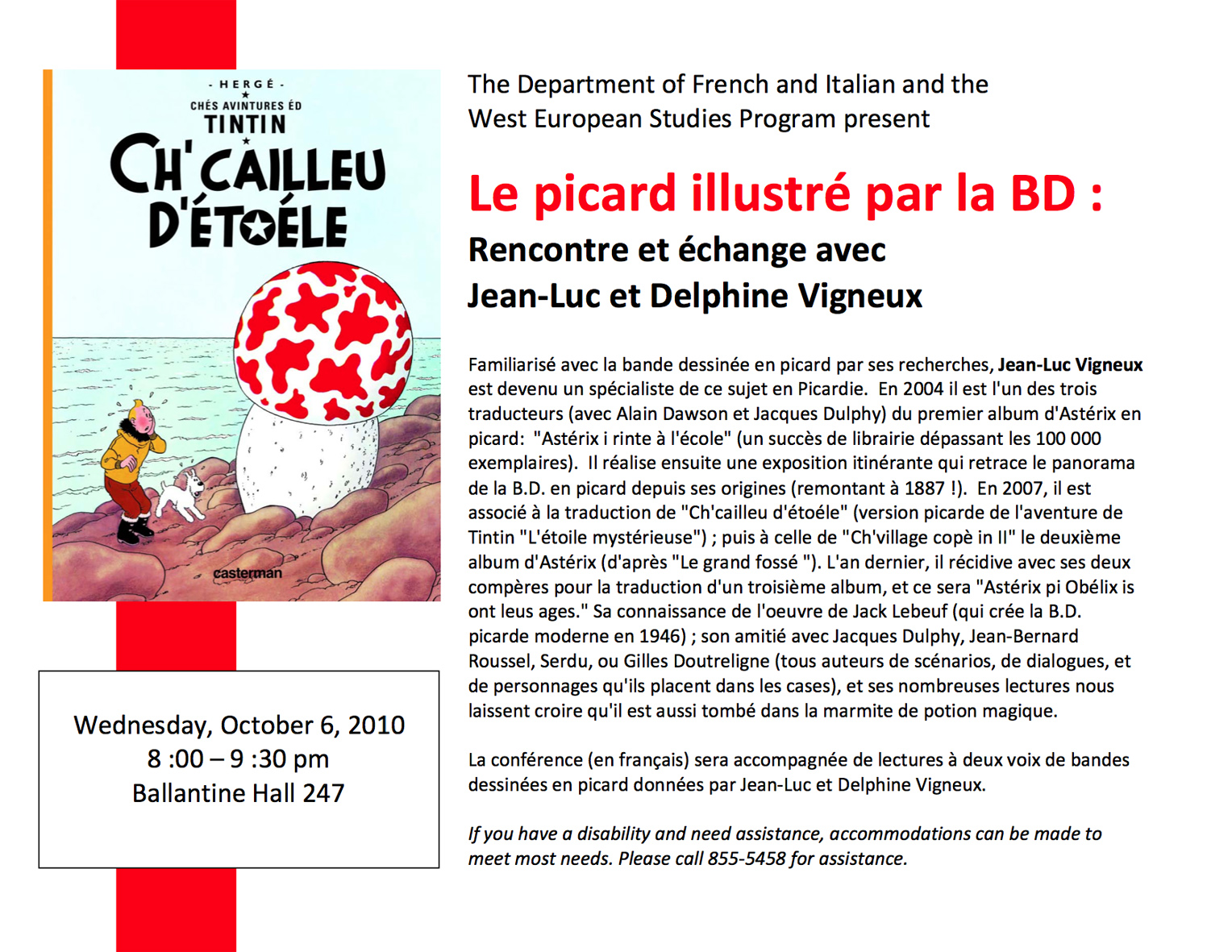 One week after the publication of "Ch’Lanchron"’s first issue, an evening performance in Picard happened to take place at the Abbeville Art Center. The company was a team of young students who were appearing in public for the first time. The repertory and the production had been developped by their English teacher.
One week after the publication of "Ch’Lanchron"’s first issue, an evening performance in Picard happened to take place at the Abbeville Art Center. The company was a team of young students who were appearing in public for the first time. The repertory and the production had been developped by their English teacher.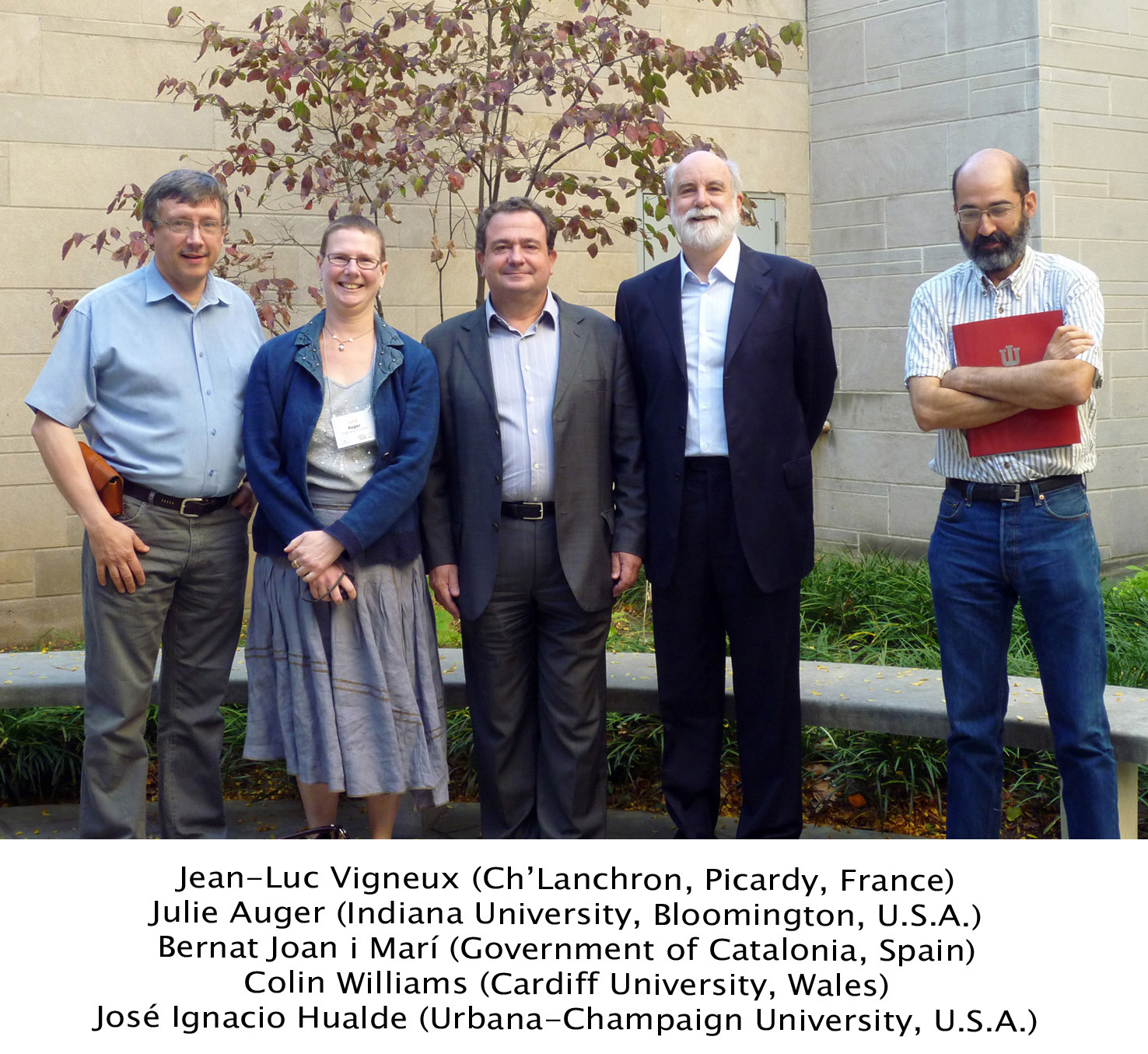 We have been invited to collaborate with the official local authorities to write the official report on culture in Picardy. We were guests of honor at the bicentennial celebration of "the Somme Department", where we had a chance to sing in Picard. And lastly, we regularly collaborate with local libraries to prepare exhibits about the Picard language. All these different activities have attracted the attention of various organizations and agencies at various government levels and have been recognized with numerous awards. For example, in January 2006, we received the "Talent départemental" award for the national and international influence of "Ch’Lanchron". Very few Picard cultural players have received this award.
We have been invited to collaborate with the official local authorities to write the official report on culture in Picardy. We were guests of honor at the bicentennial celebration of "the Somme Department", where we had a chance to sing in Picard. And lastly, we regularly collaborate with local libraries to prepare exhibits about the Picard language. All these different activities have attracted the attention of various organizations and agencies at various government levels and have been recognized with numerous awards. For example, in January 2006, we received the "Talent départemental" award for the national and international influence of "Ch’Lanchron". Very few Picard cultural players have received this award.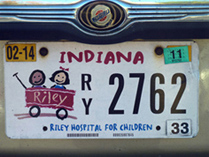 After this long journey, we celebrated the 30th birthday of our publication in May 2010. It began with an evening show with songs in Picard. Six "old" singers of our generation (about fifty years old) had expressed their desire to take part in this event. After them, at the end of the evening, the seventh and last singer was also the youngest. He has been singing Picard songs on stage for only three years.
The highlight of the celebrations took place on the second day, : we had concocted a new program for our friends and faithful readers. Four hours of reading, interpretation of texts, comics, dialogues and retrospective of the songs in our repertory. All that filled the lovers of our Picard language with enthusiasm. There were so many of them that the hall of the Abbeville "Maison pour tous" (House for everybody) was too small. The dandelion seeds were naturally coming back to their birthplace. It is in this house, on the very same cobblestone floor, that in April 1980, we had printed the first pages of this first issue of the magazine entirely in Picard : "Ch’Lanchron".
After this long journey, we celebrated the 30th birthday of our publication in May 2010. It began with an evening show with songs in Picard. Six "old" singers of our generation (about fifty years old) had expressed their desire to take part in this event. After them, at the end of the evening, the seventh and last singer was also the youngest. He has been singing Picard songs on stage for only three years.
The highlight of the celebrations took place on the second day, : we had concocted a new program for our friends and faithful readers. Four hours of reading, interpretation of texts, comics, dialogues and retrospective of the songs in our repertory. All that filled the lovers of our Picard language with enthusiasm. There were so many of them that the hall of the Abbeville "Maison pour tous" (House for everybody) was too small. The dandelion seeds were naturally coming back to their birthplace. It is in this house, on the very same cobblestone floor, that in April 1980, we had printed the first pages of this first issue of the magazine entirely in Picard : "Ch’Lanchron".
| |||||
|